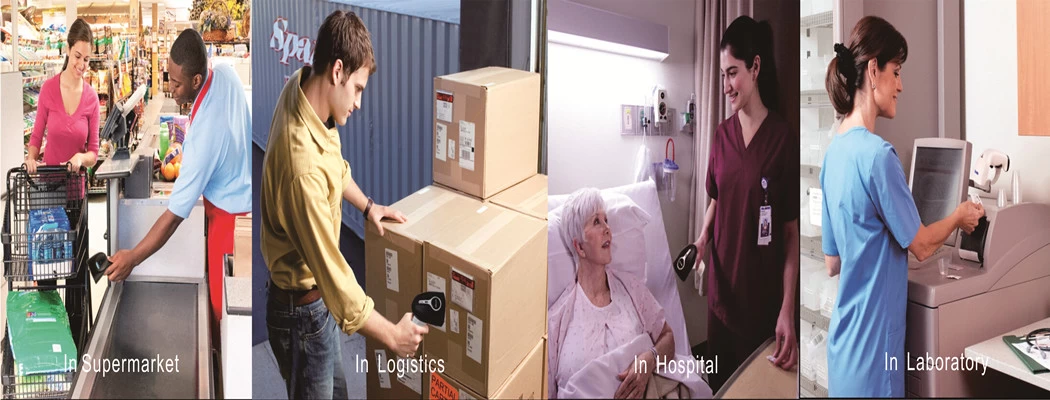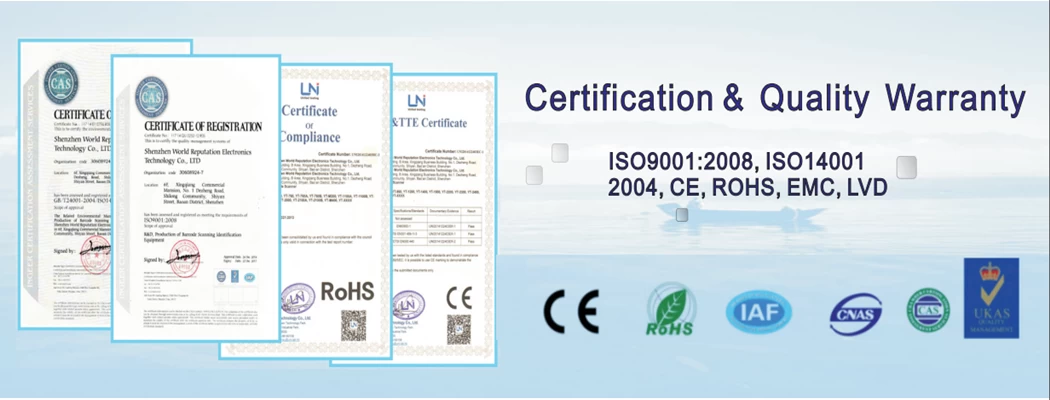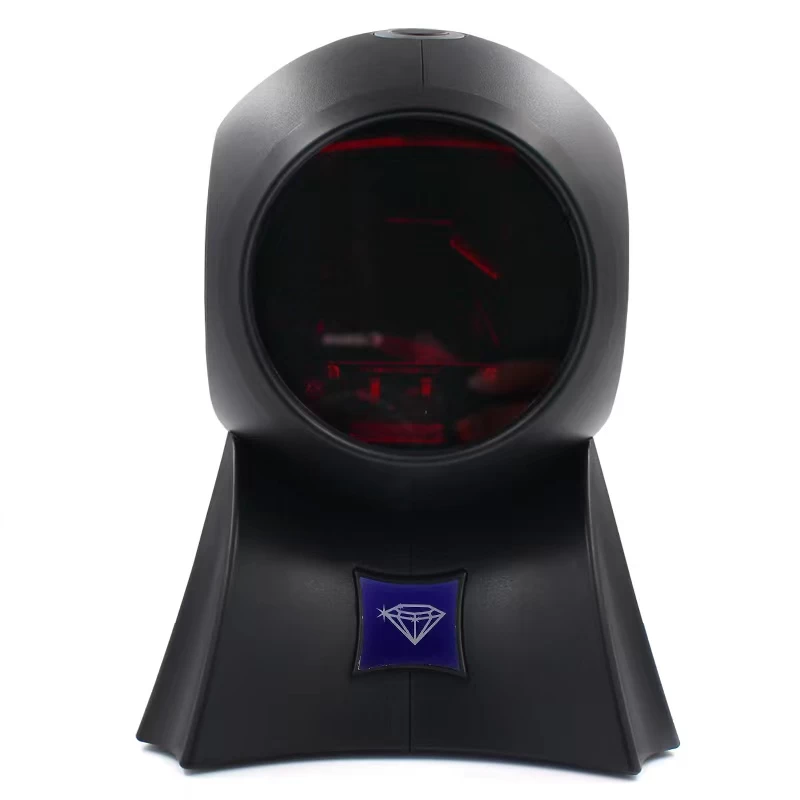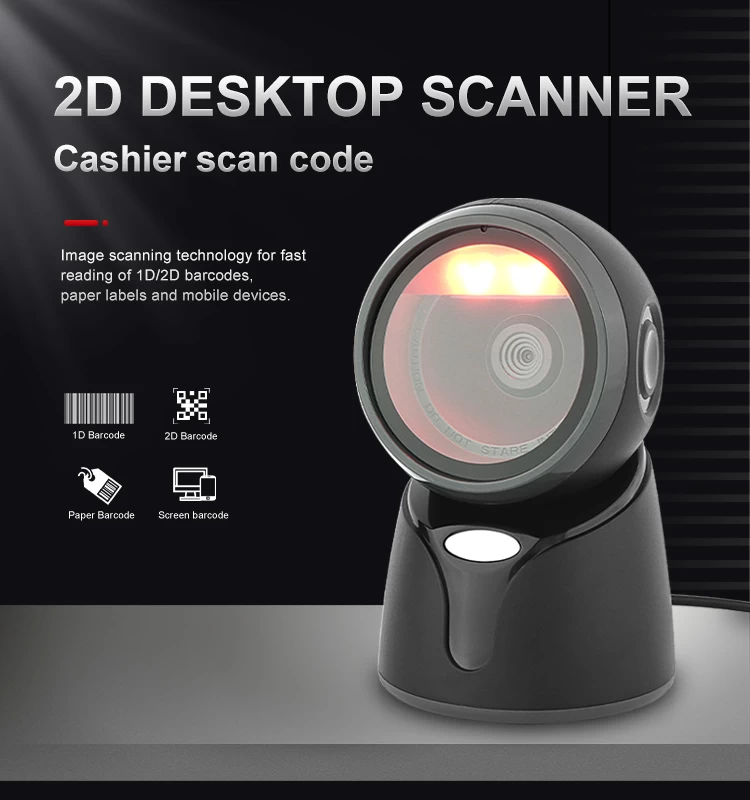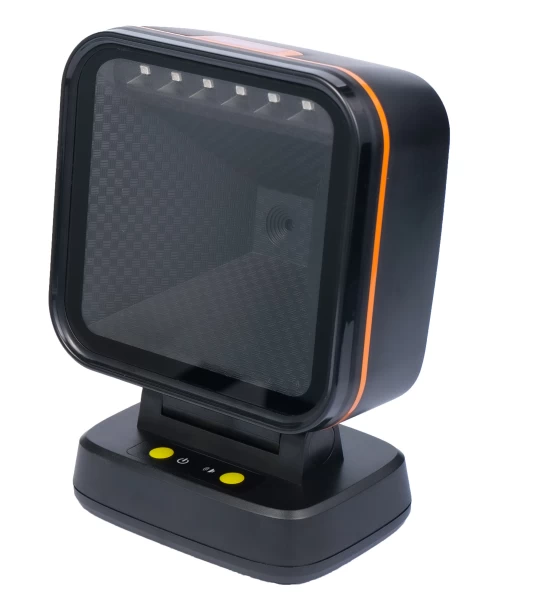40 years ago today: Wrigley gum the first product to have its bar code scanned
Rick
From Yumite
2016-08-10 18:27:17
It was a Thursday morning when the first unique sticker of white and black lines facilitated the purchase of a 10-pack of Juicy Fruit gum, from Chicago-based Wm. Wrigley Jr. Co. The bar code was scanned at 8:01 a.m. on June 26, 1974 at a Marsh supermarket in Troy, Ohio.
The Smithsonian National Museum of American History now holds one of the first 10 scanners used to scan bar codes at the supermarket. And while it is a museum-aged technology now sometimes displaced by radio frequency tags and QR code, it is far from obsolete, original inventor George Laurer said in an email interview. It is still being widely used in retail and in manufacturing.
Laurer, an IBM engineer at the time, first designed the bar code as a circle, but said that the model didn’t last because printing presses – some from the World War I era – would smear as the paper left the printing stations, leaving the bar codes unreadable. This was less of a problem with vertical lines, so that’s what Laurer stuck with.
In 1973, a team of advisers with the grocery industry chose Laurer and IBM’s UPC barcode to be the standardized method for storing pricing information about a product. That was the catalyst for other types of barcodes that have popped up since then, such as the VIN number on a car or codes on wristbands worn in hospitals.
Nowadays, technologies like QR codes store large amounts of information, unlocked when they’re scanned with smart phones. Radio frequency identification technology is changing the way people pay for things too – a good example is Chicago’s public transit cards, Ventra, which are tapped on readers to pay for rides. Many credit cards also have the RFID chips embedded.
But switching methods requires stores to replace their scanners and the manufacturers to change their labels, Laurer said.
“It will happen,” Laurer said – Perhaps by barcode’s 50th birthday, he said, though he thinks the total transition will take a little longer.
Lincolnshire-based Zebra Technologies Corp., just five years older than the bar code, grew up with the technology. The Zebra name was chosen based on the black and white stripes of the bar code.
Dean Dalesandro, vice president and general manager of Zebra’s North American Sales and Marketing team, said Zebra was one of the original manufacturers of bar code technology. It started printing bar codes in 1980 and has shipped 11 million bar code printers to companies around the word since its inception in 1969.
Now, the company also focuses heavily on RFID technologies, which don’t require a scanning motion, but transmit and receive radio signals to let companies know where their products are at all times.
Companies such as Amazon rely on bar codes to keep track of products by scanning them whenever they’re at a check-in point. Dalesandro said he thinks bar codes will have a place in the future of pricing and tracking technologies for a long time to come.
“It’s as relevant today as it’s ever been,” Dalesandro said. “It’s application specific…but some things require the simple scan of a bar code. Imagine last time you took something to return it – that’s bar code technology.”
The Smithsonian National Museum of American History now holds one of the first 10 scanners used to scan bar codes at the supermarket. And while it is a museum-aged technology now sometimes displaced by radio frequency tags and QR code, it is far from obsolete, original inventor George Laurer said in an email interview. It is still being widely used in retail and in manufacturing.
Laurer, an IBM engineer at the time, first designed the bar code as a circle, but said that the model didn’t last because printing presses – some from the World War I era – would smear as the paper left the printing stations, leaving the bar codes unreadable. This was less of a problem with vertical lines, so that’s what Laurer stuck with.
In 1973, a team of advisers with the grocery industry chose Laurer and IBM’s UPC barcode to be the standardized method for storing pricing information about a product. That was the catalyst for other types of barcodes that have popped up since then, such as the VIN number on a car or codes on wristbands worn in hospitals.
Nowadays, technologies like QR codes store large amounts of information, unlocked when they’re scanned with smart phones. Radio frequency identification technology is changing the way people pay for things too – a good example is Chicago’s public transit cards, Ventra, which are tapped on readers to pay for rides. Many credit cards also have the RFID chips embedded.
But switching methods requires stores to replace their scanners and the manufacturers to change their labels, Laurer said.
“It will happen,” Laurer said – Perhaps by barcode’s 50th birthday, he said, though he thinks the total transition will take a little longer.
Lincolnshire-based Zebra Technologies Corp., just five years older than the bar code, grew up with the technology. The Zebra name was chosen based on the black and white stripes of the bar code.
Dean Dalesandro, vice president and general manager of Zebra’s North American Sales and Marketing team, said Zebra was one of the original manufacturers of bar code technology. It started printing bar codes in 1980 and has shipped 11 million bar code printers to companies around the word since its inception in 1969.
Now, the company also focuses heavily on RFID technologies, which don’t require a scanning motion, but transmit and receive radio signals to let companies know where their products are at all times.
Companies such as Amazon rely on bar codes to keep track of products by scanning them whenever they’re at a check-in point. Dalesandro said he thinks bar codes will have a place in the future of pricing and tracking technologies for a long time to come.
“It’s as relevant today as it’s ever been,” Dalesandro said. “It’s application specific…but some things require the simple scan of a bar code. Imagine last time you took something to return it – that’s bar code technology.”



